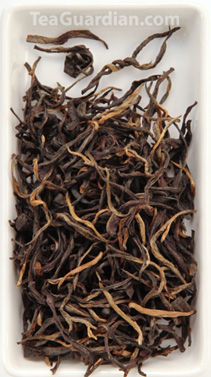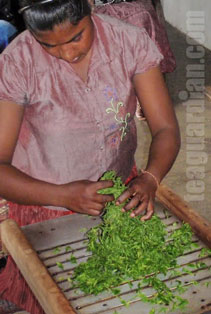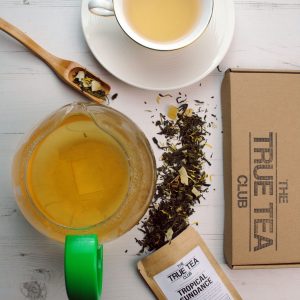Uva Hand-rolled Black Tea, Gongfu from Sri Lanka
Uva to Ceylon black tea is rather like Bordeaux is to French wines, except that the latter commodity has a much higher socio-economic status, at least as of now.
Ceylon (Sri Lankan) black tea is a key ingredient in many commercial tea blends and used to be the world’s top export tea by quantity before Kenya become the leading net export country for black tea.
The absolute majority of production from this southern island country in South Asia is CTC, i.e. cut, tear, and curl, a method most widely used in ‘modern’ mechanized black tea production that gives you tiny pieces of broken leaves. It accounts for over 20% of world tea export and has always been liked for its strength. It is the universal choice for milk tea throughout local diners (cha chan teng) in Hong Kong. Strength in taste is its main character. Maybe price competitiveness is even stronger.
a heroic venture
This article, however, does not deal with such commodity products. We look at an almost heroic act of tradition revitalization in a tiny farm here. They produce whole leaf black tea, by hand all the way, including the most tedious rolling steps.
When Beverly came to Sri Lanka as a volunteer worker in 2009, the Tamil Tigers were still in resistance with the government, though not for long. The Scottish woman had not expected to plant a tea tree or stay here for longer than a year. She had come to help small local farmers in business development. With 20 years of career in business development, she never had any experience in tea. Maybe she wanted to see if she could contribute more significantly to this impoverished remote community in Ambadandegama in the province of Uva. Uva is recognized as the region for the best of Ceylon tea. Maybe she needed the opportunity to find her own destiny. Somehow, she was persuaded to take on a full-time job as the manager for a tea farm in bad need of revitalization.
Anyway, with the help of some tea consultant, Beverly has made the tea garden producing again. Since there is little money and little electricity, they have no machinery for any part of the processing and rely on traditional methods. She is hoping that by handcrafting their productions, they can eventually fetch the right price to benefit the worker community that produce them.
“We need to make this estate sustainable and I care as much about the local people and their jobs as I do about the tea…”
That is not different in direction from what I have been advocating all along: empowerment of the labour that produce the tea with skills that are not replaceable by machines <click here to read related articles>. The more irreplaceable their skills, the better their survival, if their teas sell.
flower in a desert
In order for a tea to be selling while demanding a more reasonable price, there will have to be some quality in it that makes the difference. And that the market are aware of and appreciate. Beverly will have to create that and market that. With 20 years of business development experience, I believe she will.
Knowing that there are people who build their hope on a full leaf production in a country where CTC seems to be the only tea existing is rather like seeing a flower in a desert. With only a couple of years of experience, Beverly’s team still have a little to learn to create a gem of black tea of the fine raw leaves they are able to harvest. This is reasonable, it took James Taylor 5 years before he could sell 10 kilos of tea to London since he first set up his plantation in 1867 in the neighbouring province of Kandy (1). Beverly already sold more than that last year in 2012.













